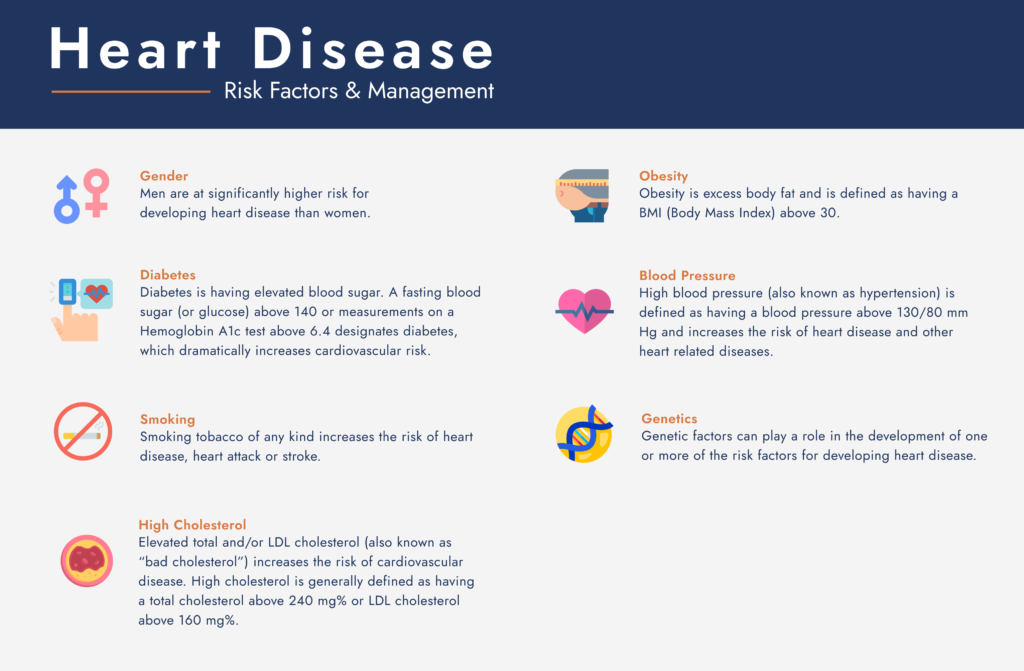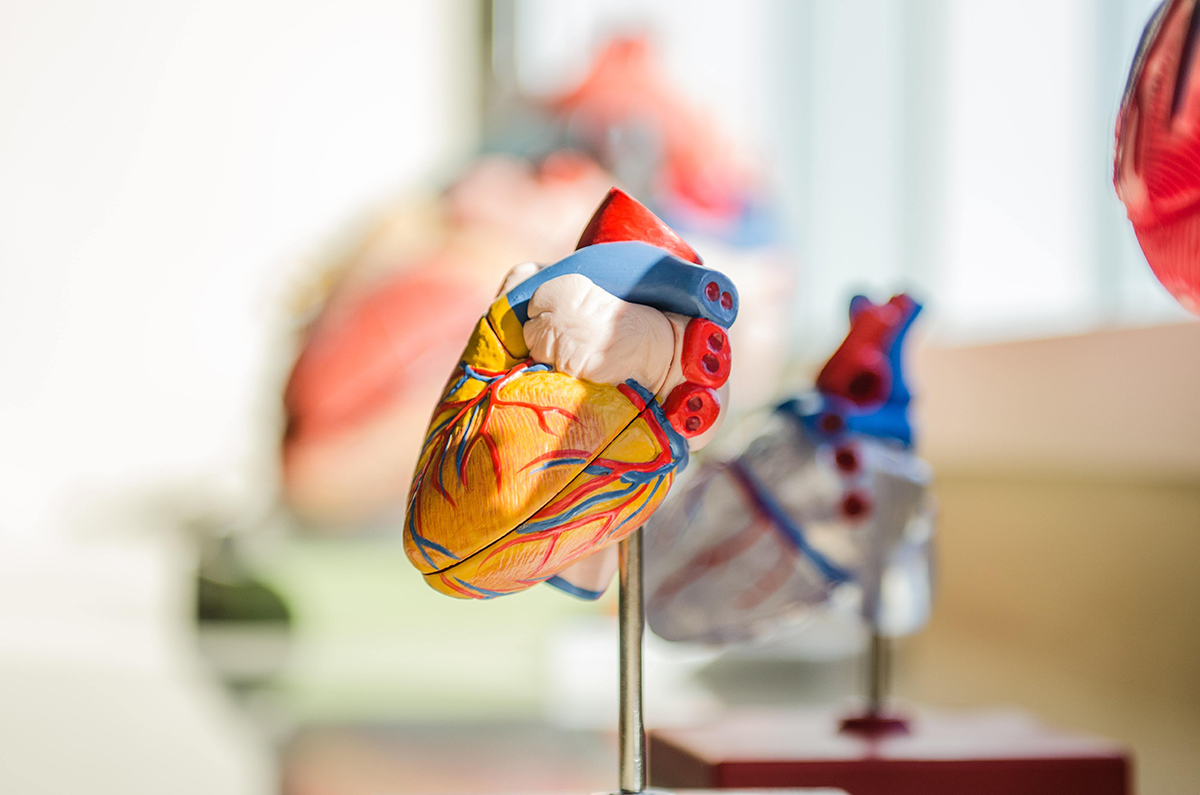Have you ever heard the term “lipids” thrown about when you’ve gone to the doctor, but not known exactly what they are? Well, lipids are much more than medical jargon, and play a very important role in the functioning of the human body. Understanding what they are, how they work, and how they are measured is critical to gaining insight into your overall health. This blog is part of a series on advanced lipids in the blood, which we at Hoag Executive Health assess as part of our comprehensive exams in order to uncover otherwise silent risk factors and offer insight for treatment options.
What are lipids?
Lipids are molecules in the body that are poorly dissolved in water and feel greasy. Simply put, they are fats in the blood. Lipids serve multiple functions within the body, including acting as the role of chemical messenger and storage unit/provider of energy our cells use.
Types of Lipids
The most important lipids in the body are fatty acids, cholesterol, cholesteryl esters and triglycerides. While each of these are lipids, the differences lie in their structural makeup and functional effects on the body. There are different implications for certain measurements of the various types of lipids in the blood. Read more about this in our next blog!

Maintaining Healthy Lipid Levels
Most of the cholesterol in the blood is made in the body. In fact, the liver produces about 10% and the intestines about 15% of this “biosynthesized” cholesterol. The rest of the cholesterol in the blood is related to diet, primarily through the intake of fats and carbohydrates.
Keeping track of your triglyceride, cholesterol, and other lipid levels is extremely important, as elevated ranges can contribute to plaque buildup in the arteries. If left unchecked, this buildup can cause a narrowing of the arteries, which is a significant risk factor of heart disease, as blood flow to the heart is limited.
While it may be surprising to some, almost 50% of individuals who have had a heart attack are found to have a normal cholesterol level. This is why a more detailed look at your advanced lipids during your annual physical can make the difference between detecting early risk or not. Hoag Executive Health is proud to include an Advanced Lipid Panel as part of our comprehensive medical evaluations. Being informed about your health is invaluable, and the Hoag Executive Health team is here to ensure you have the detailed insight into your health that you not only need, but you deserve.

